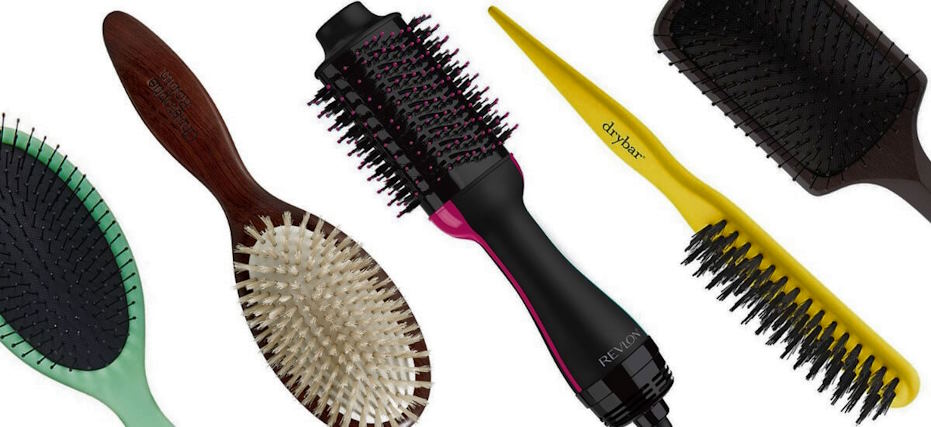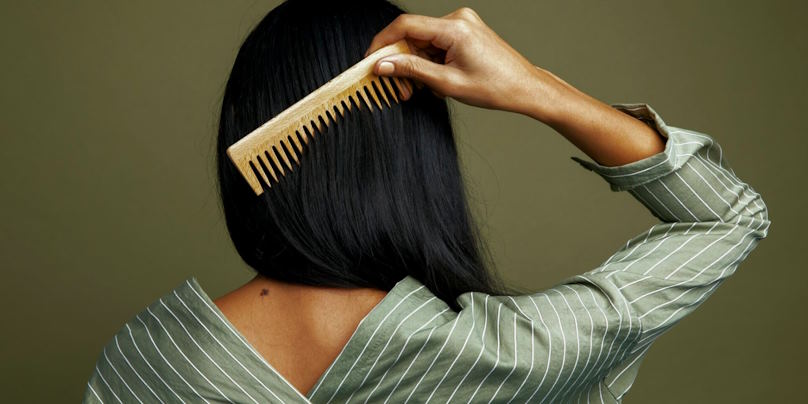Let’s begin by saying that if you want to have healthy and beautiful hair, you need something more than just the right hair care products and treatments. It also involves practicing proper hair care techniques, including handling our hair during the daily combing routine.
While combing seems like a simple task, it can actually contribute to hair damage if not done correctly.
How incorrect combing can damage hair?
When you forcefully comb your hair or use the wrong comb or brush, you subject your hair to unnecessary stress and tension.
Forceful and rough combing can cause the hair strands to weaken and break. It is particularly true when combing tangled or knotted hair, as pulling through the tangles aggressively can result in hair breakage along the length of the strands.
Besides, it can lead to split ends caused by excessive friction and stress on the hair, resulting in weak and frayed ends.
Incorrect combing can irritate the scalp, causing redness, itching, and even inflammation. Scratching the scalp with a comb or using pointed bristles can damage the delicate skin on the scalp and disrupt its natural balance.
What comb or brush is better to choose?
When choosing a comb or brush, it’s important to consider your hair type and specific needs. A wide-toothed comb or a detangling brush with flexible bristles is a good choice for detangling wet hair or delicate strands. A paddle brush or a round brush can be used for styling and shaping, depending on the desired effect. Additionally, brushes with natural bristles are generally gentler on the hair and scalp compared to synthetic ones.
Experimenting with different types of combs and brushes can help you find the one that works best for your hair.

How to comb hair in the proper way?
Here are some tips for combing your hair effectively:
Start with detangling
Before you begin combing, gently detangle any knots or tangles using your fingers or a wide-toothed comb.
Divide your hair
If you have thick or long hair, divide it into sections using clips or hair ties. It makes it easier to comb through each section without putting too much strain on the hair.
Start from the bottom
Begin combing from the ends of your hair and gradually work your way up to the roots. It helps prevent breakage and minimizes pulling on the hair.
Use gentle strokes
Avoid forcefully pulling or tugging at the hair while combing. Instead, use gentle and smooth strokes to remove tangles and knots gradually.
Be mindful of wet hair
Wet hair is more prone to damage, so be extra careful when combing it. Use a wide-toothed comb or a detangling brush to gently remove knots, starting from the ends and working your way up.
Avoid excessive combing
Excessive combing can wreak havoc on your hair, causing breakage and damage. It’s important to strike the right balance and comb your hair only when needed.

